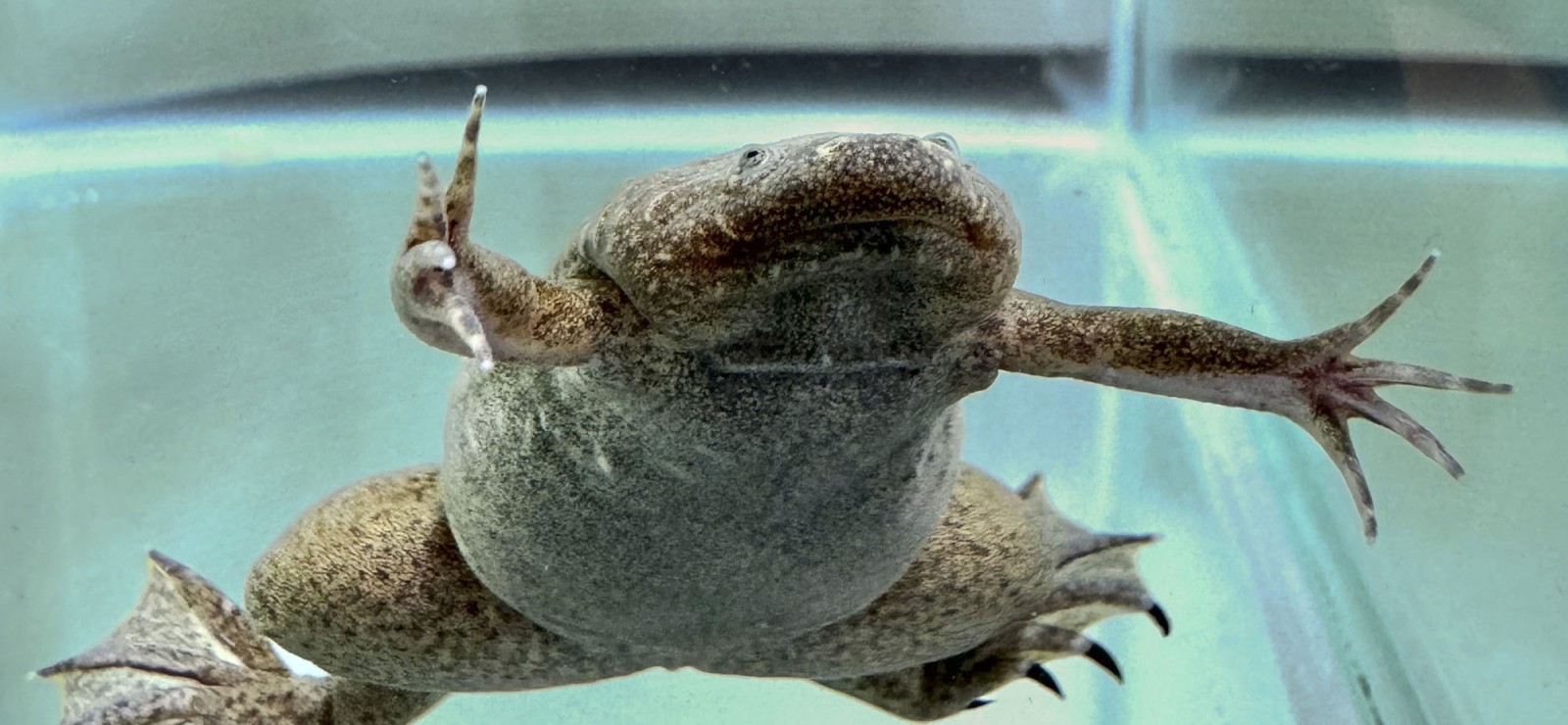When in evolution did hair and nails originate? Ghent University researcher Kris Vleminckx shows that the genetic program to create human hair is at least 50 million years older than currently assumed.
Millions of years ago, aquatic animals crawled out of the water onto land. The evolution of these new land animals was accompanied by the appearance of hard skin appendages such as claws, scales, feathers and hair. For a long time, it was not known exactly when the genetic program for the development of these skin appendages arose. Thanks to research in the clawed frog, Kris Vleminckx of the Faculty of Science, in collaboration with the research group of Leopold Eckhart at the University of Vienna, discovered that this genetic program is much older than thought.
You investigated the origin of human hair through the clawed frog. Why?
"The claws of the clawed frog are made up of special proteins (keratins). Those proteins are very similar to the main components of hair and nails in mammals, and thus also to the components in human hair."
So what exactly did you study in the clawed frog?
“"Through
What does this result mean?
"That the genetic program to form claws, hair and nails is much older than thought. I. It was thought that this genetic program originated after the split between amphibians and so called amniotes (including birds, reptiles and mammals) that occurred about 310 million years ago. However, our discovery shows that the program was there much earlier, in the common ancestors of frogs and humans, some 360 million years ago."
What is the next step in the research?
"We don't yet know how the genetic program that forms claws transitioned to forming hair during evolution. Unfortunately, I cannot investigate that myself since clawed frogs don't have hair (laughs). So that's something for my colleagues."
(photo: Amelie Fossoul)
Read also
Baby boom in the veterinary clinic thanks to Professor Ann Van Soom
Artificial reproduction methods, such as IVF and ICSI, have already been successfully applied in humans. But this has not been the case for many domestic animals. In horses, for instance, it has seemed to be an impossible task for a long time to fertilise the eggs outside the body. Until Ann Van Soom and her team started focusing on it.
Why one bird flies further than another
The darker a bird’s wing, the better it can fly. That’s the conclusion reached by Michaël Nicolaï, as a biologist and researcher at Ghent University. “Pigment seems not only to give colour, it also helps in flying for longer.”


